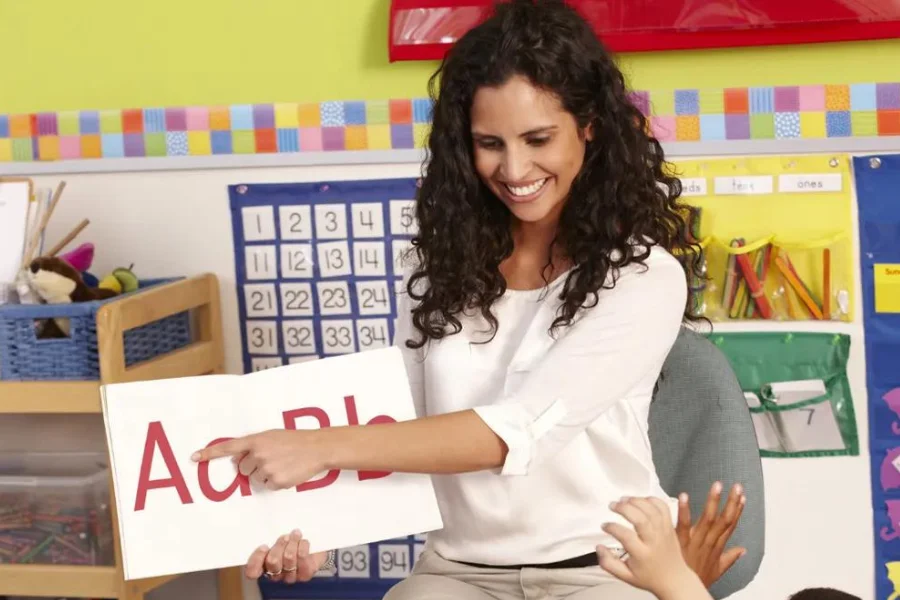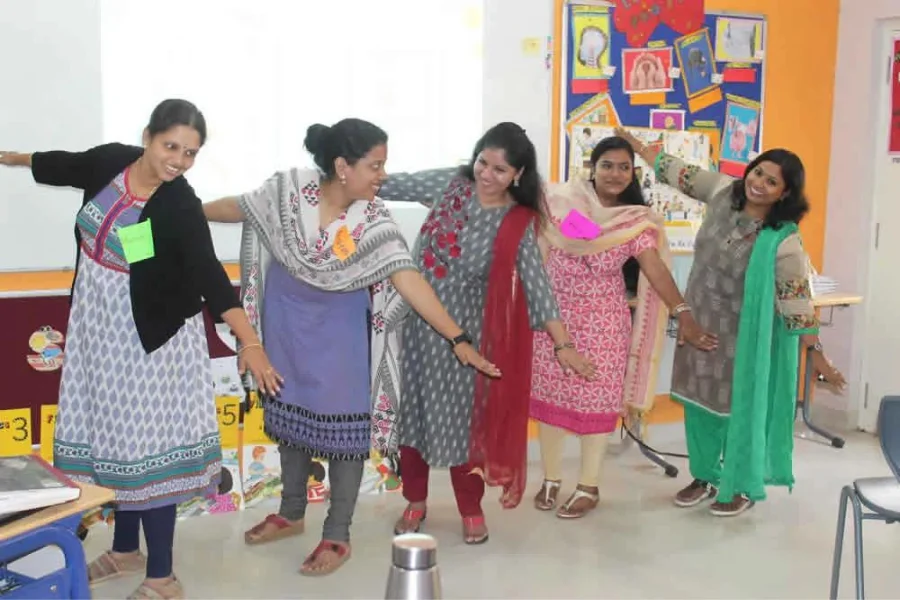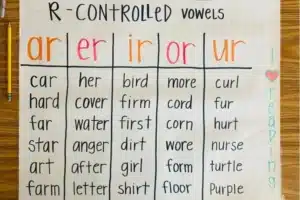
Source: rackcdn
Comprehending the objectives of teaching phonics is critical for teachers focusing to improve children’s learning skills efficiently. Phonics guidelines includes teaching learners the association between sounds and the alphabets that signify them. The main focus of teaching phonics is to benefits children to grow strong decoding skills, allowing them to read words precisely and effortlessly.
By aiming on the objectives of teaching phonics, teachers can prepare learners with the initial skills essential for reading and spelling achievement. In this article, we will discover the significance of comprehending the objectives of teaching phonics and how it donates to children’s overall literacy growth.
Developing Letter-Sound Correspondence
One main aim of teaching phonics is to support children comprehend the connection between letters and their matching sounds. For example, training that the letter “b” makes the “buh” sound may aid children in cracking words like “bat” or “ball” correctly.
For more details regarding Phonics Teacher Course, Call / Whatsapp on +919869866277 / +919869546913.
To download the Phonics Teacher Course brochure, Click Here!
Improving Reading Fluency
Phonics guidelines improves reading eloquence by allowing students to crack words quickly and correctly. With phonics expertise, children can read writings with greater comfort and understanding, leading to enhanced comprehension and pleasure of reading.
Building Spelling Proficiency
Phonics guidelines equips students with the expertise required to spell words appropriately. By teaching children the sounds that are conveyed by different alphabet mixes, such “sh” or “ch,” they may correctly spell words and advance their written interaction skills.

Source: scholastic
Enhancing Vocabulary Acquisition
When kids use their phonics knowledge to comprehend new spellings, their vocabulary expands. For instance, knowing that the letter amalgamation “ph” creates the “f” sound can support children crack words like “phone” or “photograph,” accumulating new words to their terminology.
Fostering Independent Reading
By giving kids the skills to decode words on their own, phonics teaching helps them to become independent readers. Students who have mastered phonics become more self-assured readers who can handle texts on their level without continual support.
Promoting Literacy Skills Transfer
Teaching phonics facilitates the transfer of literacy skills across various contexts. Children may use phonics principles to decipher words in a variety of texts, such as worksheets, street signs, and storybooks, after they have a firm understanding of them.
Supporting Language Development
By raising kids’ phonological awareness, phonics teaching promotes language development in general. Youngsters’ capacity to recognise and manipulate language sounds enhances their ability to write and speak.
Cultivating Critical Thinking
In order to decode words, kids who get phonics education evaluate letter-sound patterns, which fosters critical thinking. Children use phonics principles, for example, to determine how to pronounce new words, which helps them develop problem-solving abilities.
Boosting Confidence
Kids who have understood phonics feel more assertive about their pronunciations and reading expertise. Children feel a sense of satisfaction when they correctly spell and decipher words, which inspires them to take on increasingly difficult materials.
Preparing for Academic Success
The ultimate goal of phonics instruction is to get kids ready for success in school. Proficiency in phonics is a prerequisite for advanced reading, writing, and communication abilities, all of which are necessary for success in a variety of academic fields and future ambitions.
For more details regarding Phonics Teacher Course, Call / Whatsapp on +919869866277 / +919869546913.
To download the Phonics Teacher Course brochure, Click Here!

Source: phonicspower
Phonics Courses
Vidhyanidhi Education Society (Govt. regd.) offers Phonics Courses designed to equip educators with essential skills for effective phonics instruction. The courses provide several benefits aimed at enhancing participants’ understanding and proficiency in phonics teaching methodologies.
18 hours intensive training
The Vidhyanidhi Education Society (Govt. regd.) offers phonics courses that include of eighteen hours of intensive instruction. In order to understand phonics ideas and strategies, participants will receive in-depth training and plenty of practice chances thanks to this rigorous structure.
Follows the popular UK-based Synthetic Phonics Teaching and Learning Methodology
Learners registered in the Phonics Courses at Vidhyanidhi Education Society (Govt. regd.) get knowledge by relating the well-known Synthetic Phonics Teaching and Learning Approach, which is recognized on the UK. This tried-and-true technique places a robust importance on teaching letter-sound communications in a systematic and clear-cut manner, which helps learners develop their reading and spelling capabilities.
Lectures through the use of audio-visual teaching aids
To facilitate effective learning, Phonics Courses at Vidhyanidhi Education Society (Govt. regd.) utilize audio-visual teaching aids during lectures. This multimedia approach enhances engagement and comprehension, making complex phonics concepts more accessible and understandable for participants.
Demonstration of sounds with jingles, stories, and actions
The Phonics Courses include dynamic demonstrations of phonetic sounds using jingles, stories, and actions. These creative teaching methods help reinforce learning and provide participants with practical strategies for incorporating phonics instruction into their own classrooms effectively.
Thorough Practice of all the 42 Sounds (Letter sounds & Digraphs)
Trainee’s engage in detailed practice sessions casing all 42 sounds, containing letter sounds and digraphs. This practical approach safeguards that educators grow a comprehensive understanding of phonics sounds and their matching symbols, allowing them to efficiently teach phonics to learners of all levels.
Mock-drills
As portion of the Phonics Program, Vidhyanidhi Education Society (Govt. regd.) conducts mock-drills to mimic real-life teaching situations. These practice sessions permit participants to smear their newly learnt phonics knowledge and abilities in a supportive atmosphere, building self-assurance and expertise in phonics instruction.
Doubt-Solving and Question-Answer sessions
Throughout the Phonics Courses, dedicated doubt-solving and question-answer sessions provide participants with opportunities to clarify concepts, address concerns, and deepen their understanding of phonics principles. This cooperative aspect of the developments safeguards that teachers feel supported and prepared to implement operative phonics teaching in their schoolrooms.
Vidhyanidhi Education Society’s (Govt. regd.) Phonics program offer an inclusive and practical method to understanding phonics teaching procedures. With an aim on demanding training, proven approaches, engaging instructional methods, and ample practice occasions, these courses authorise educators to attain their objectives of teaching phonics efficiently.
Join Vidhyanidhi Education Society for Phonics Course now! Master phonics skills for literacy success!
For more details regarding Phonics Teacher Course, Call / Whatsapp on +919869866277 / +919869546913.
To download the Phonics Teacher Course brochure, Click Here!
Objectives of Teaching Phonics
FAQs
What is Phonics Teacher Training?
Phonics Teacher Training includes learning instructional methods to efficiently teach phonics to learners.
What is the Salary of Phonics Teacher in India?
The income of a Phonics Educator in India differs depending on issues such as knowledge, location, and employer.
How to Start Phonics Classes for Kids?
To start Phonics Classes for Kids, create a structured curriculum, set up a conducive learning environment, and advertise your classes through various channels.



